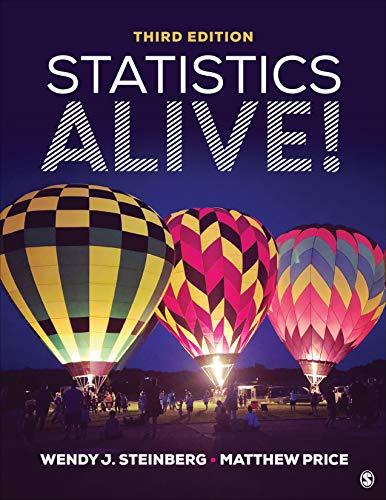A popular theory says that the more sugar children eat, the more active they become. To test
Question:
A popular theory says that the more sugar children eat, the more active they become. To test the theory, a researcher receives permission to adjust the diets of 10 preschool children and monitor their activity. Each child is given a snack that looks identical to those of the other children, but the snacks have varying amounts of sugar. The play behavior of the children is then measured at the recess period following the snack. The amount of sugar is coded on a scale of 1 to 20, with 1 indicating no sugar and 20 indicating very high sugar. The activity level is measured on a scale of 1 to 10, with 1 indicating inactive and 10 indicating extremely active. The sample consists of five boys and five girls. Two raters agree on the activity ratings. The raters know nothing about the actual amount of sugar the children received until after they complete the ratings. Here are the results:
a. Create a scatterplot of the data.
b. From the scatterplot, what direction and approximate strength do you expect the correlation coefficient to have?
c. State the null hypothesis.
d. Calculate Pearson r.
e. Interpret the correlation coefficient for a one-tailed test. Can you reject the null hypothesis? If so, with what confidence?
f. Write the result in APA journal format.
Step by Step Answer:






